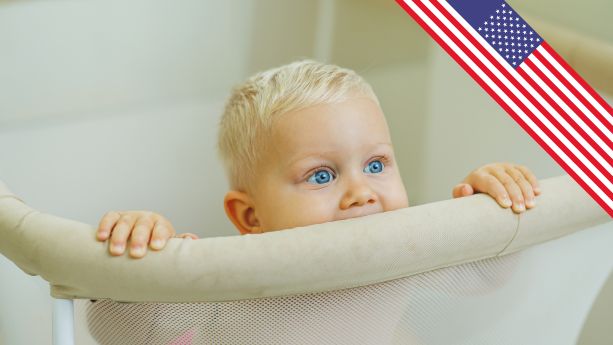
Play yards sold in the United States must comply with various regulations and standards. These in turn set requirements for mechanical safety, substances, labeling, certification, and testing. Non-compliant play yards are unsafe as they may, for instance, entrap a child’s head or neck, resulting in suffocation, and injuries.
In this guide, we cover the CPSIA, ASTM F406, ASTM F2373, and other compliance requirements relevant to play yards in the United States.
Continue reading Play Yard Regulations in the United States: An Overview
































